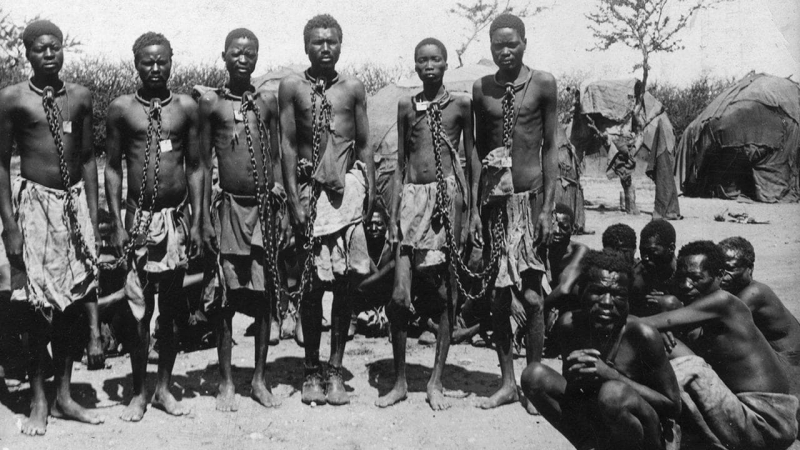Herero And Namaqua Genocide
Germany had one of the largest colonial empires in the world at the turn of the 20th century, and practically all of it was in Africa. The Herero and Namaqua tribes of Namibia experienced what many historians today regard as the first genocide of the 20th century between 1904 and 1907; nearly all of it was carried out by professional German forces. According to the statistics, more than 80% of Hereros and 50% of Namaquas were exterminated, frequently in cruel, horrible methods that would be repeated in numerous conflicts and concentration camps up until the end of World War 2.
From the German perspective, it was a war of annihilation, fought to utterly eradicate the native population and replace them with German settlers. Despite the Herero's first resistance, the Germans' overwhelming weaponry swiftly put an end to it, and some of the worst atrocities against a native population in colonial European history followed. Some of them were made to work in concentration camps until they died, while others were tortured, used in experiments, raped, and even beheaded. Others were made to march into the desert and die of famine or heat.
Location: German South West Africa(modern day Namibia)
Date: 1904–1908
Target: Herero and Namaqua peoples
Attack type: Genocidal massacre, starvation, concentration camps, human experimentation, extermination through labour
Deaths:
- 24,000 to 100,000 Hereros killed
- 10,000 Namaqua killed
Perpetrators: Lieutenant General Lothar von Trotha and the German colonial forces
Motive: Collective punishment, German colonialism, German imperialism











